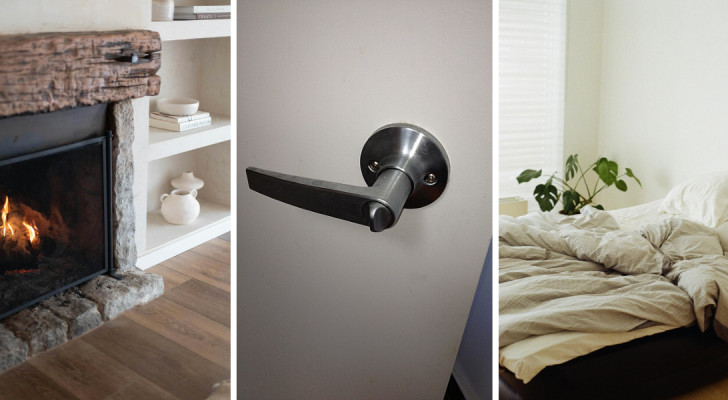What is Hügelkultur? Discover the green "secret" of permaculture that you probably never knew about
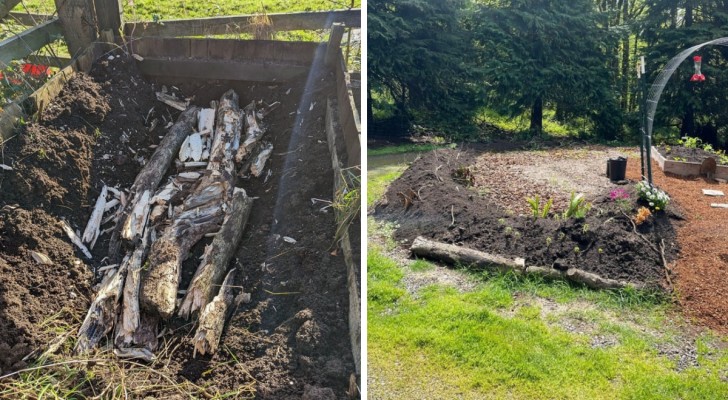
Hügelkultur is a German word for a cultivation method that has been practiced for centuries in Germany and Eastern Europe. This involves the concept of permaculture, and using raised beds that enrich and improve the quality of the soil. In short, Hügelkultur is the eco-sustainable management of the land, and avoiding the creation of waste.
Bill Mollison and David Holmgren coined the term "permaculture" in the 1970s: at this time "permanent" agriculture was rooted in natural ecosystems and sought a beneficial, harmonious balance between plants, animal and the needs of humans.
That said, let's take a look at what Hügelkultur involves in more detail:
What is Hügelkultur
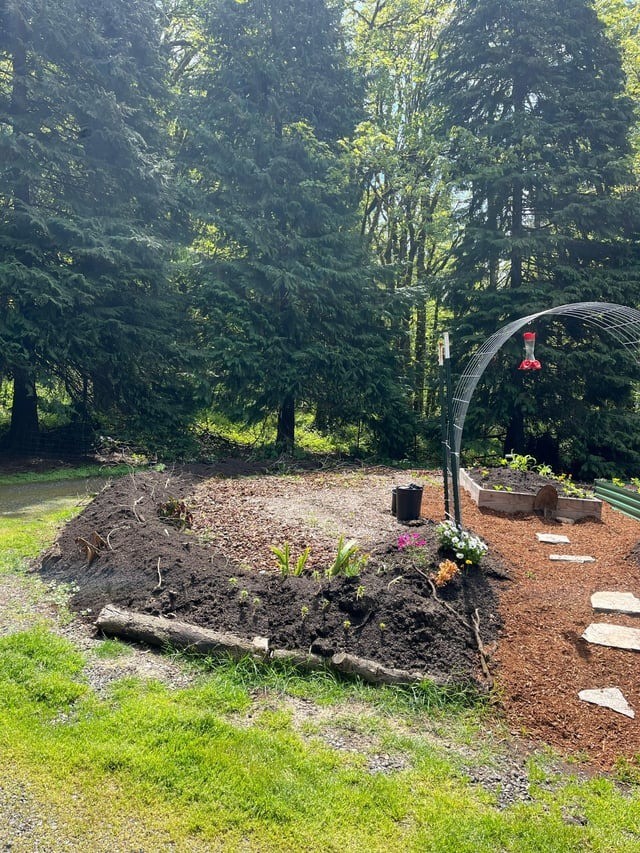
Practicing Hügelkultur means building a raised bed that looks like just a large mound of earth. But this mound has a structure buried within it (containing decaying branches and other plant/vegetable waste).
An area for the mound is chosen, cleared, an outline is marked (which can be framed with stones or wood)Then, a bed of dry branches and plants are laid down: these can be placed directly onto the ground or put into a small hole. Over time, a pile (mound) of decaying organic matter is created.
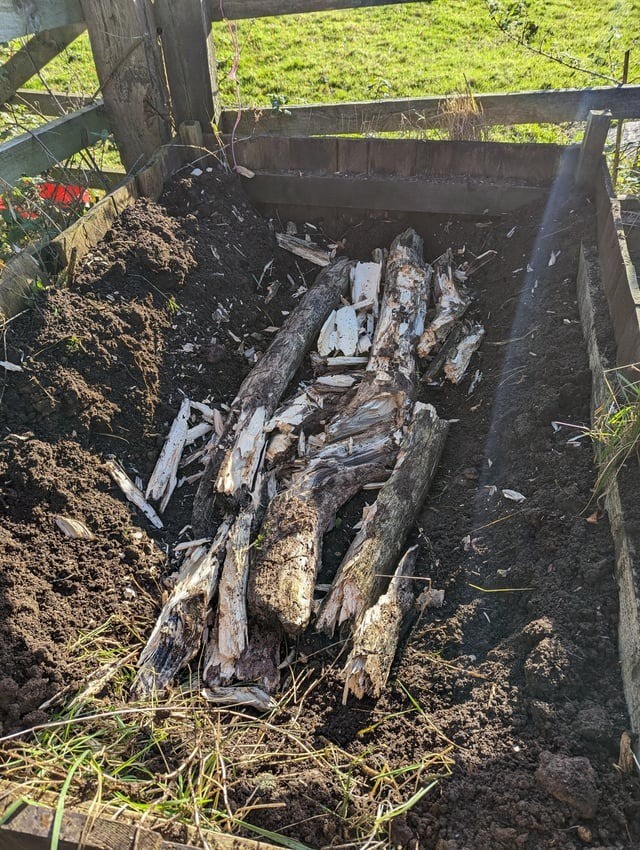
At this point, compost and soil is placed over the pile, forming the mound proper. This mound, with all the decaying material within it, will now be producing very high quality soil, rich in nutrients, and ideal for cultivation purposes.
Using this technique creates super-productive vegetable gardens or flowerbeds - depending on the use you put the mound to.
The mounds can be as high and as wide as you want, but remember that you have to clamber around and over them, so 1.5 -2 meters is a typical height for these mounds. The mound can be "fed" with pieces of cardboard (not laminated or painted, of course), lawn clippings, manure and vegetable/fruit waste from the kitchen.
Over time, of course, the organic matter will decay and turn into compost, diminishing the size of the mound. For example, a 2-meter-high will typically be only half a meter high after a couple of years.
Given that these mounds are "dynamic" in shape and form, it is probably better to use them as vegetable gardens rather than for decorative flowers/plants.
How to maintain a Hügelkultur mound
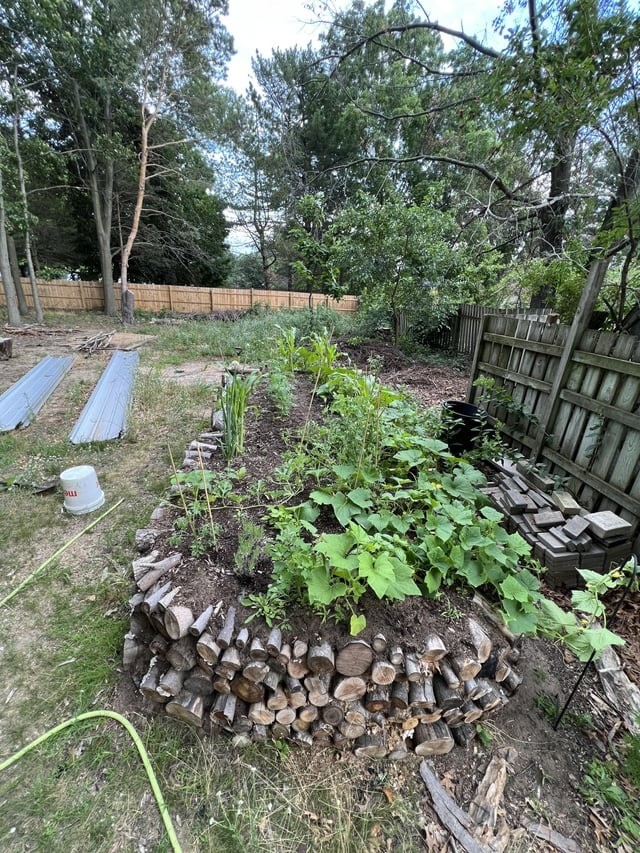
It is preferable to set up a Hügelkultur mound in autumn - this gives it time to settle down during the winter period and be ready for the spring (but you can also start to use it during the winter).
The mound needs to be watered regularly during the first year, when the wood starts to decompose: at this stage, the wood decays and consumes the nitrogen in the soil. For this reason, the ideal first-year crop for a mound is legumes, which produce their own nitrogen.
Hügelkultur mounds are water "sponges": the larger and richer they are, the more water they will be able to store inside of them, thus reducing the need for watering. Additionally, the taller they are, the easier it will be to grow plants. The rotting wood in the mound holds water, so even if the top layer of soil seems dry, there will still be plenty of moisture deeper inside (and around the sides of the mound). Given this, the sides of the mound are where you can grow plants with shallow roots!
Are you ready to start a Hügelkultur project?


